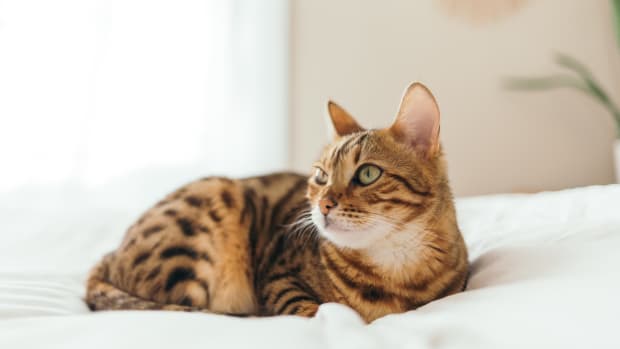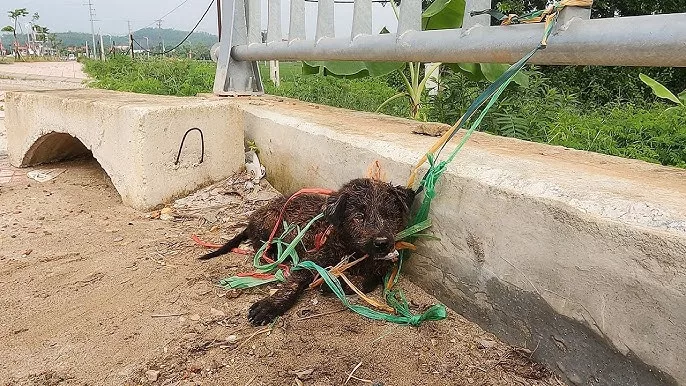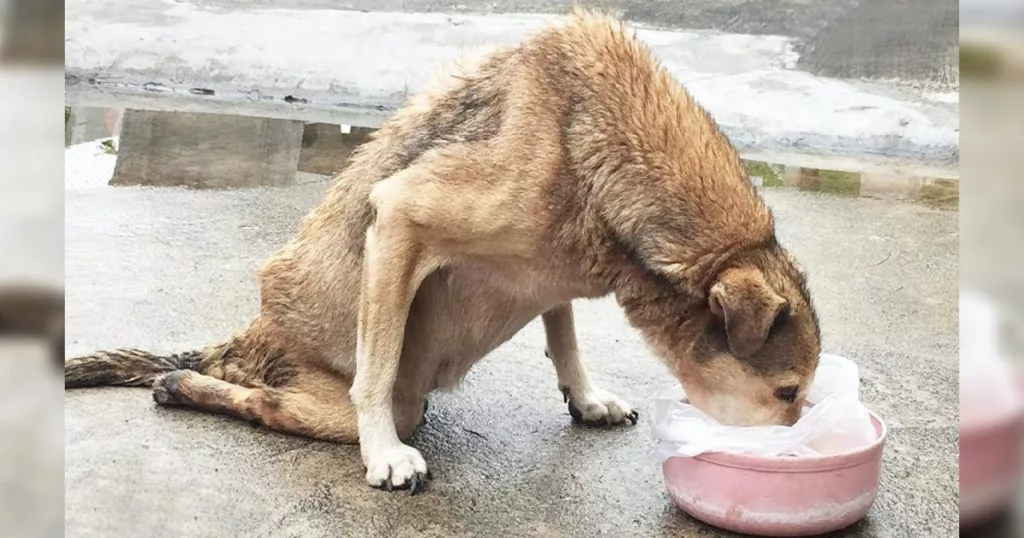
The Bengal cat is a magnificent and clever animal that enchants anyone who sees it. Its exceptional characteristics, such as its stunning fur, fit physique, and striking facial markings, all contribute to its captivating appearance. Aside from its physical traits, the Bengal cat is also known for its amiable and inquisitive personality, making it an outstanding companion for cat enthusiasts. These cats are energetic and lively, relishing quality time spent with their owners and even accompanying them on walks. Their unique fur patterns, inherited from their ancestors, only add to their charm and enigma, which explains why they’re so highly sought after as pets. Interestingly, Harrison Weir first mentioned the Bengal cat in his book “Our Cats and All About Them” in 1889, where he observed an Asian leopard cat breeding with domestic cats. The Bengal cat was later documented in the Belgian Scientific Journal and a Japanese feline publication in 1924.

Jean Mills, an advocate for the protection of the Asian leopard cat, was instrumental in the development of the Bengal cat breed as we know it today. Her revolutionary method involved breeding a wild Asian leopard cat with a domestic cat and then selectively breeding the offspring for five generations until the Bengal cat became an officially recognized domestic breed. In addition to her contributions to other breeds such as the Himalayan and Egyptian Mau, Jean Mill’s pioneering work in Bengal cat breeding has made it a popular household pet. The Bengal cat is a hybrid breed that traces its ancestry back to a small wild cat and the Asian leopard cat. The Asian leopard cat, which can be found in eastern and southeastern Asia, including regions of Eastern Russia, Pakistan, and Indonesia, was one of the first feline species to be domesticated around 5,000 years ago in Chinese Neolithic regions of Shaanxi and Henan. Pat Warren, William Engle, and Dr. Willard Centerwall were other notable figures who also played a part in the creation of the Bengal cat breed.


A video that is sure to warm your heart features a Mama Bengal Cat showing her loving protective nature towards her adorable baby. The Bengal Cat, scientifically referred to as Felis silvestris lybica, has its roots in the Middle East dating back to 12,000 years ago when ancient Egyptians kept them in their granaries. It’s hard not to fall in love with these feline creatures after witnessing such maternal care.

The Bengal cat has a rich and interesting history, with several cat organizations recognizing the breed over time. Despite their popularity, TICA only officially accepted them in 1983, and they were granted championship status in 1991. Other organizations like GCCF and FIFe recognized the breed in 1997 and 1999, respectively, solidifying their legitimacy. In 2016, CFA also recognized Bengal cats, which opened up more opportunities for breeding and showing. It’s important to note that some cities and states have restrictions on owning hybrid breeds due to their wild ancestry, so make sure to check before adopting a Bengal cat. If you plan on purchasing one, it’s crucial to ensure that they are at least F4 to F5 generations removed from any wild ancestors to avoid unsuitable behavior. Always ask about their lineage and ancestry before bringing one home.

If you’re interested in owning a Bengal or hybrid cat, it’s important to do your research beforehand. Make sure to check local laws and consider potential health risks associated with these breeds, such as hip dysplasia and heart disease. To ensure the well-being of your potential furry friend, work with a reputable breeder or rescue group and schedule regular vet check-ups. If necessary, consult with an animal behaviorist. Hypertrophic cardiomyopathy is a common cardiac disease in cats that affects the left ventricle wall, which is something to keep in mind if you choose to get a Bengal or other hybrid cat. These cats have unique personalities and are known for being active, playful, affectionate, intelligent, vocal, and independent. Consider their level of vocalization and whether they fit your lifestyle and preferences before making a decision. To properly care for a Bengal kitten, spend quality time with them and provide plenty of toys, scratching posts, and brain-stimulating activities. Regular walks with a harness and leash can also help keep them happy and healthy.

Are you wondering what to feed your Bengal cat? Once your Bengal kitten is no longer nursing, you may want to consider adding ground raw meat to their diet. However, if this option doesn’t sit well with you, there are other choices available that will give your furry friend the nutrition they need. Keep in mind, if you switch your Bengal cat to a natural diet, you don’t have to keep feeding them canned food. Be sure to introduce them to healthy, high-quality dry food. Since Bengal cats are active and need more food than the average household cat, it’s best to mix up their meals with fresh meat and quality dry food. Leave dry food out all day, but discard any uneaten raw meat after 20 minutes. When storing raw meat, put it in a freezer bag and store it in the freezer. For excellent raw meat options, choose beef such as ground round, beef hearts, ground sirloin, and hamburger with high-fat content. Bengals love chicken cooked or raw. While cats can eat human food, don’t let your cat get sick by giving them unsafe foods like onions, garlic, grapes, raisins, spinach, chocolate, asparagus, and milk. Safe human foods for cats include tomatoes, apples, bananas, sweet potatoes, carrots, Swiss chard, and fresh bread. Remember, provide your Bengal cat with plenty of fresh water daily as well.

Bengal felines are a highly sought-after breed due to their striking fur and eye hues, which encompass brown, silver, snow, and various distinct patterns. These include spotted, marbled, blue, melanistic, and seal mink Bengal cats. However, owning one of these cats comes with a lot of responsibility due to their active nature. It is crucial to locate a reputable breeder or rescue group to make an informed decision. These cats crave plenty of interaction and require lots of love, playtime, and walks. Although friendly, loving, strong, and beautiful, they need a specific person to care for them. The origins of Bengals have been disputed, but it’s unlikely that they were sold in pet shops during the 50s and 60s. The first recorded intentional crossbreeding between an Asian leopard cat and a domestic cat was carried out by Jean Mill in the 1970s. Bengals come in a variety of coat colors and types, including Cashmere Bengals, which feature long hair. Similar to other domestic cat breeds, their temperaments vary, and each one has a unique personality.


